Queer history would never be complete without the mention of the 1980s AIDS epidemic. On this day, June 5, 1981, the CDC in the USA came across the first five cases of viral infections, which would later be identified as the HIV-AIDS virus. The epidemic not only had adverse effects on physical health but also assisted in further marginalisation of the queer community, who were seen as an anomaly due to their sexual proclivities.

It has been almost half a century, and scientists are still figuring out a way to cure this malicious malady. It goes on without saying that the world is indebted to chemists who developed concoctions, which allow the afflicted to have a healthy life, despite living with the chronic infection. In addition to them, the underground societies promoted safe sex and rehabilitated LGBTQ youth giving them safe spaces and appropriate medical consultations. But apart from the handkerchief code and the rainbow flag, the symbol of the pink triangle is unanimously associated with oppression and victory.
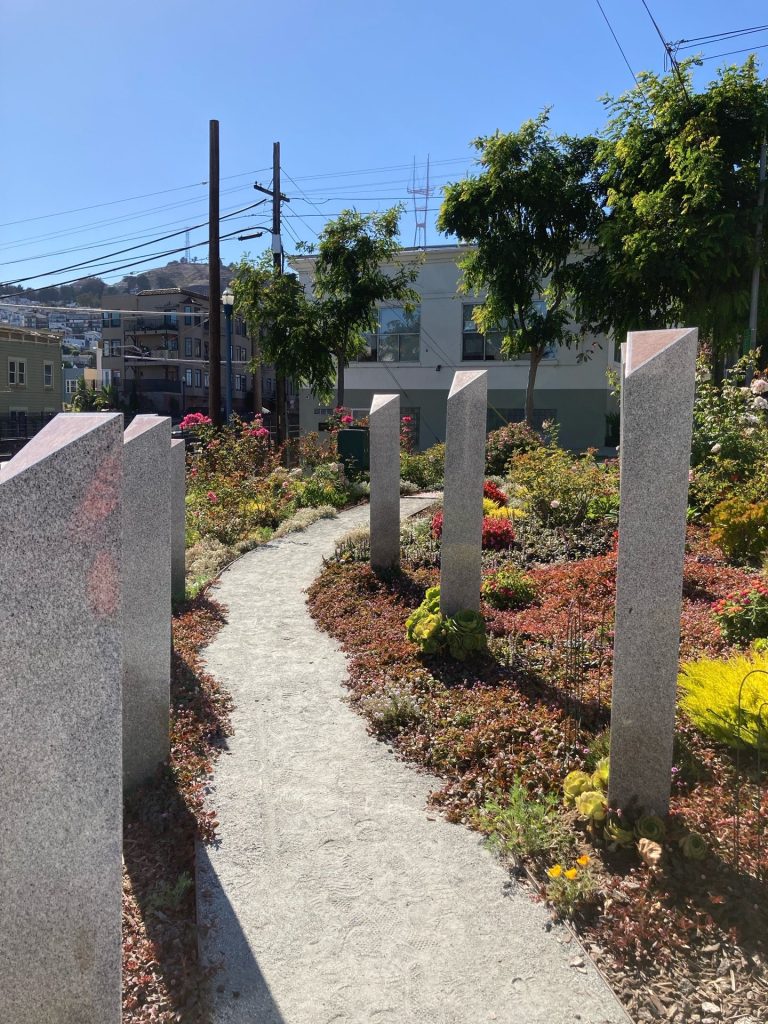
Reclaiming the Pink
The pink triangle has a history which goes beyond the AIDS epidemic. The use of the inverted pink triangle was originally used to identify homosexual men in the Nazi concentration camps during World War II. In the 1970s, the pink triangle was officially adopted as the symbol for gay rights by numerous gay liberation frontiers. However, the symbol was infamously used by the ‘AIDS Coalition To Unleash Power’ (ACT-UP) in the 1980s. They inverted the symbol, making it point up, signifying an active fight. At present, it connotes pride and solidarity. Since the 1980s, the pink triangle came to connote a fighting spirit by the AIDS activists.

A Historical Overview of Oppression in the Nazi Germany
Since the 1871 German unification, the German law had carried, Paragraph 175, which prohibited homosexuality, allowing for the police to incarcerate men engaging in acts of “unnatural decency.” It was later clarified in 1877 to mean “intercourse-like act.” However, nobody would confess to that in court, and Germany continued to be the bustling hub of homosexuality. In contrast, the law encouraged the scientific study of homosexuality, which allowed gay rights to flourish.
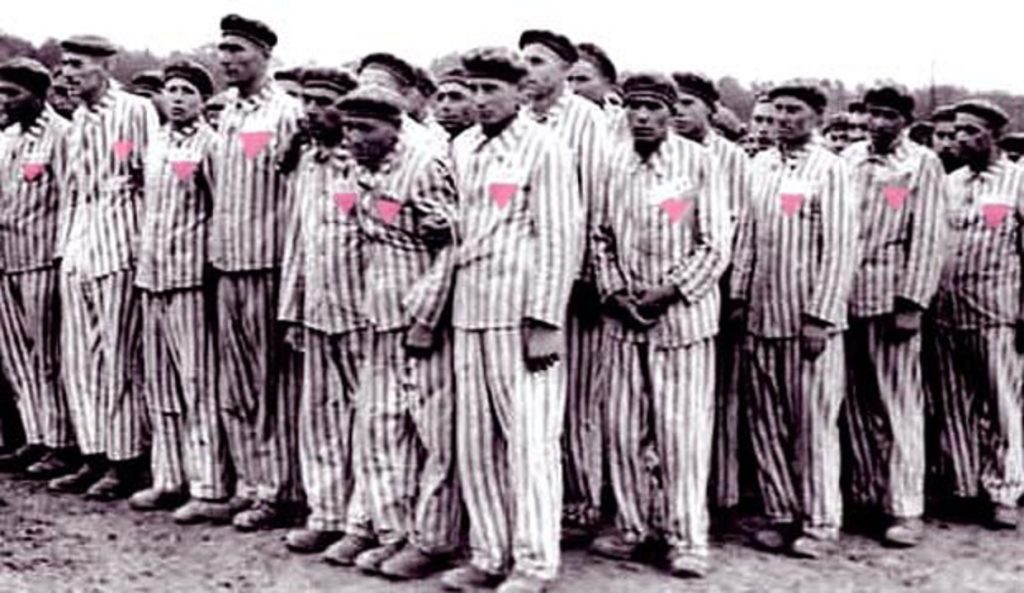
When Adolf Hitler came to power, he revised the German law, Paragraph 175 to include, kissing, same-sex fantasies, sexually suggestive gaze, and any ‘gay’ acts. This went against his desire to purify Germany and cultivate the Aryan race since gay men could not bear babies (lesbians didn’t undergo the same scrutiny). Between 1937 and 1939, around 25,000 homosexual individuals and transgender women were convicted and sent to concentration camps, branded by the pink triangle or ‘die Rosa-Winkel’. It is interesting to note that the paedophiles were also denoted by the symbol. In 1942, the punishment for homosexuality was altered to murder.
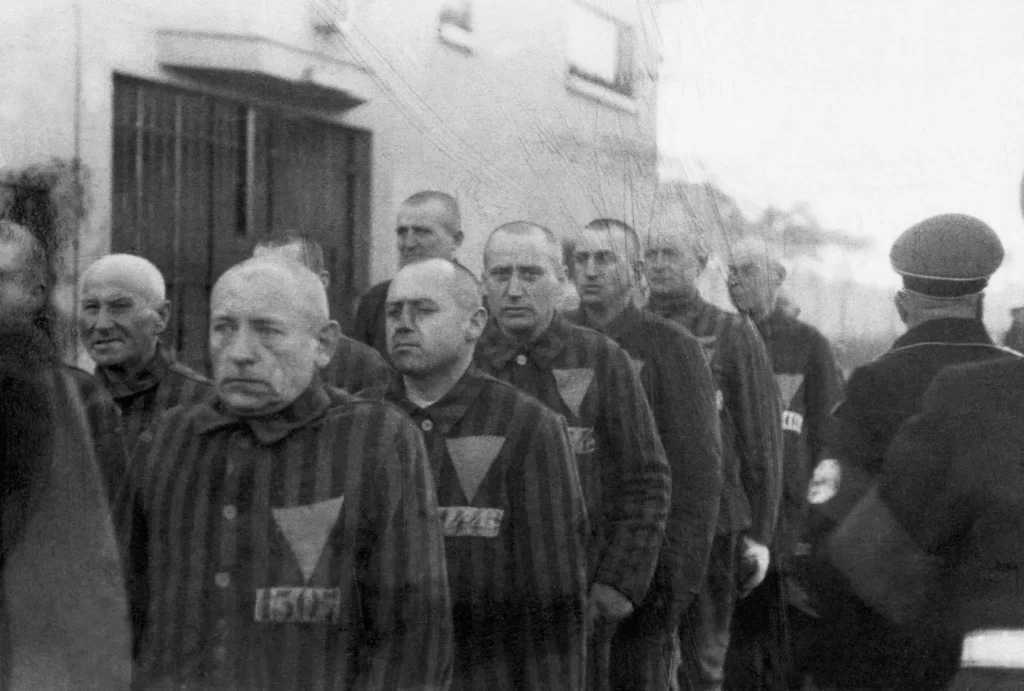
Hitler’s attitude towards the Jews is common knowledge. In the prisons, the gay Jews were denoted a pink triangle superimposed with the Star of David. Thus, the hierarchy was established, with them representing the lowest of them all, given the worst tasks and often attacked by the guards and other inmates. The homosexual population were castrated. Some were used as lab rats to cure typhoid and homosexuality. While the prisoners, allowed homosexual sex between the inmates, the actual homosexual inmates weren’t allowed to interact with each other, and were often used by the heterosexual men to appease their ‘virility.’
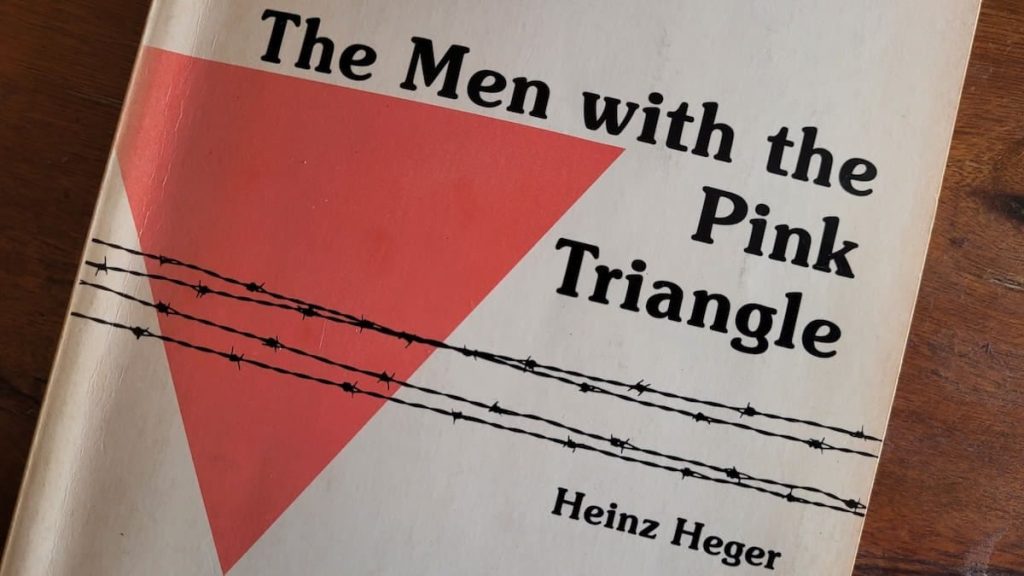
When the war was finally over, Paragraph 175 persisted in West Germany, relaxed in 1969, which decriminalised relationships between gay men over 21. It was finally repealed in 1994. In 1973, the first gay rights organisation, ‘Homosexuelle Aktion Westberlin’ (HAW) adopted the pink triangle as a symbol of liberation.
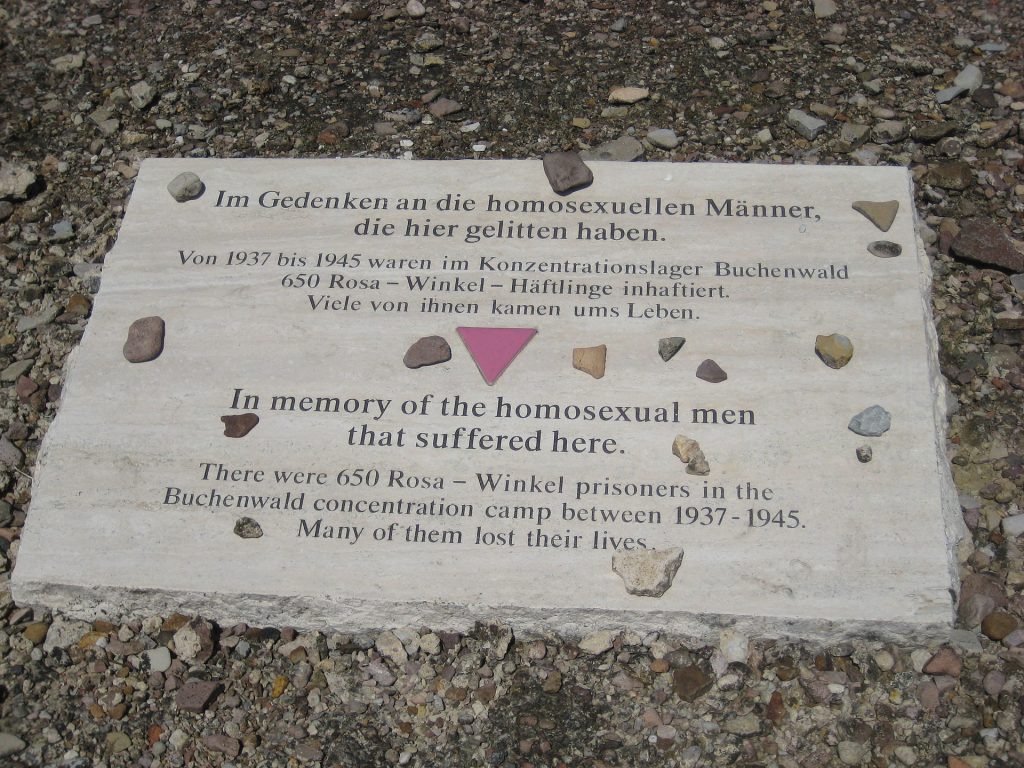
Solidarity in the US
As the knowledge of the despicable and inhumane treatment of homosexual prisoners spread to foreign lands, via published books and periodicals, the use of the pink triangle by gay men became frequent. Two prominent books chronicled, in-depth the horrendous ordeals sustained by gay men; Heinz Heger’s 1972 memoir, ‘The Men With The Pink Triangle’ or ‘Die Männer mit dem rosa Winkel,’ and Richard Plant’s, ‘The Pink Triangle: The Nazi War Against Homosexual.’

Designing the Pink Triangle
With the onset of AIDS, the founders of ACT-UP decided to reclaim the pink triangle to raise public health awareness. In their manifesto, they justified their decision, “silence about the oppression and annihilation of gay people, then and now, must be broken as a matter of our survival.” It could also be seen as an opposition to conservative media pundit, William F. Buckley’s comments about how the men afflicted with HIV/AIDS must get a tattoo to warn their partners and reveal their status to society. The pink triangle was designed by Avram Finkelstein, with the tip pointing upwards. While the Nazi pink triangle was a pale pink, the new iteration was fuschia, which was borrowed from the ongoing punk movement. The triangle carried the message, “Silence = Death” which became a powerful limerick for the ongoing movement.

The Power of Pink
At present, the symbol continues to offer a haven to the homosexual, and queer community at large. The spirit of oppression lingers on, and so does the virtue of fighting back. This is sufficiently displayed in the Pink Triangle Park in San Francisco and Sydney. The solidarity has also been showcased by brands, for example, Nike, who released a shoe collection (just in time for Pride month or rainbow capitalism), prominently featuring the queer liberation symbol. It has also made its stint in popular culture such as ‘Drag Race UK’ legend Cheddar Gorgeous’ fashionable tribute, Ryan Murphy’s ‘Pose,’ or the 1975 cult classic, ‘Rocky Horror Picture Show.’
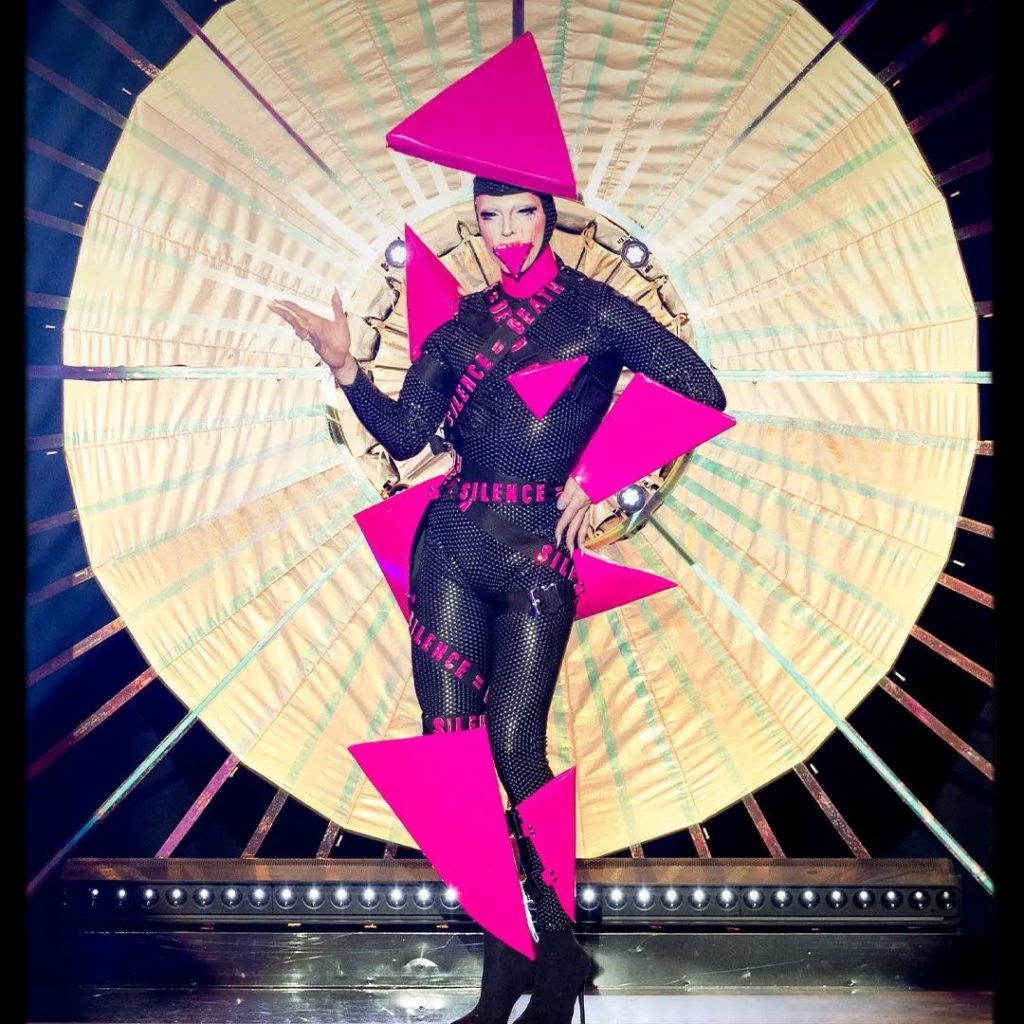
Image Courtesy – It’s Nice That
Very Gay Paint: Comedian-Muralists Balancing Satire, Success, and Embracing Gay Identity

Hi Ya’ll !!
I love writing about pop culture and all things queer.
Sub Editor at Abir Pothi





